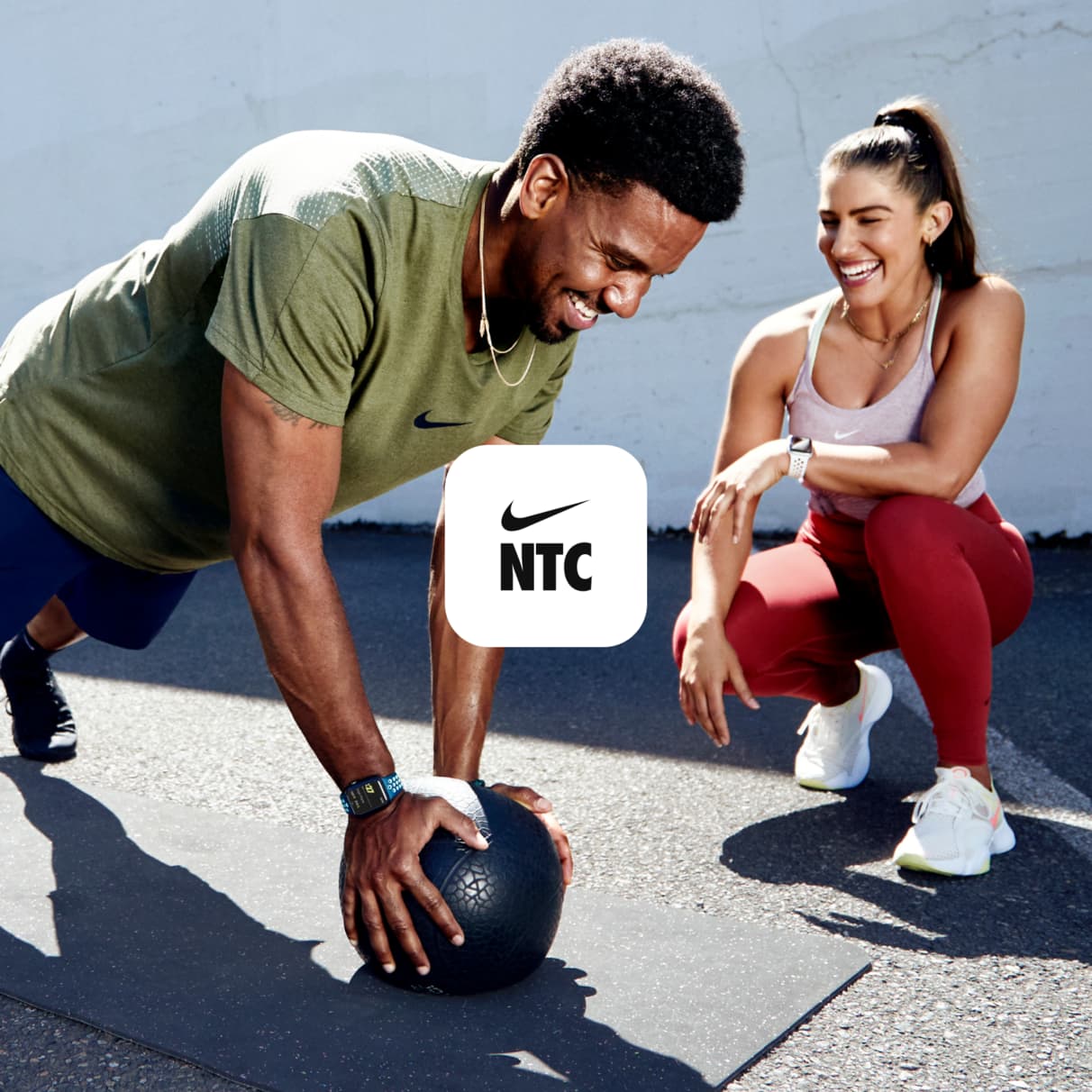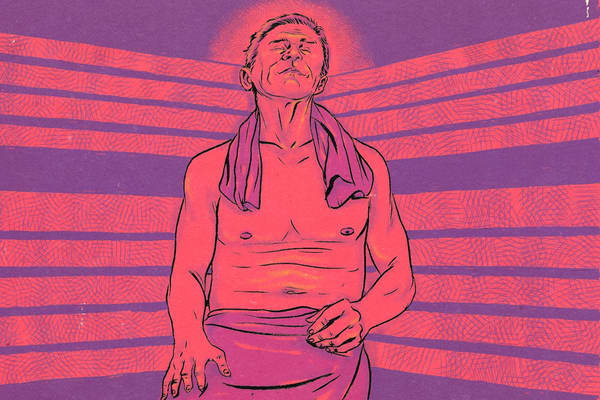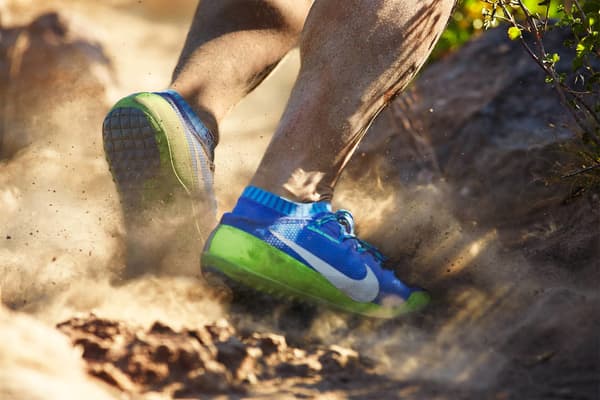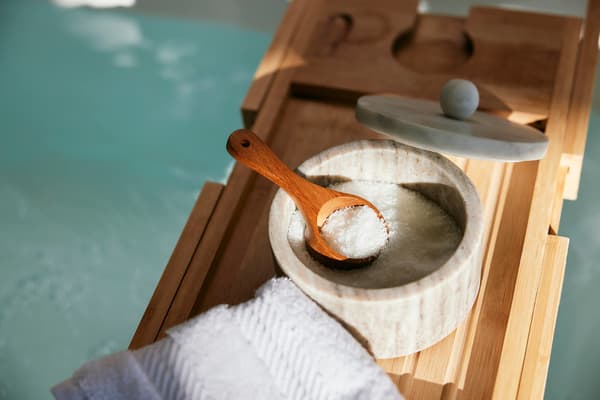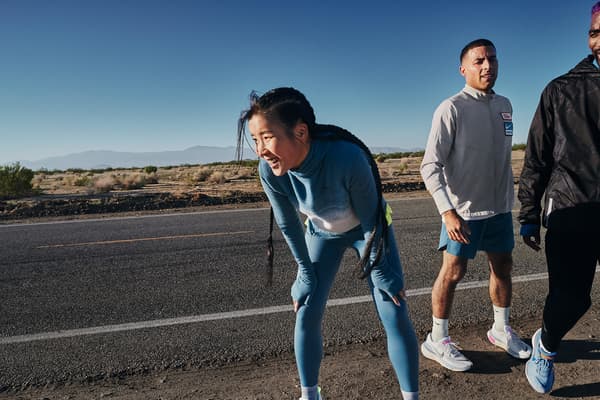What’s the Difference Between Dry Needling and Acupuncture?
Health & Wellness
These methods may significantly boost muscle recovery, even if you're not a fan of needles.
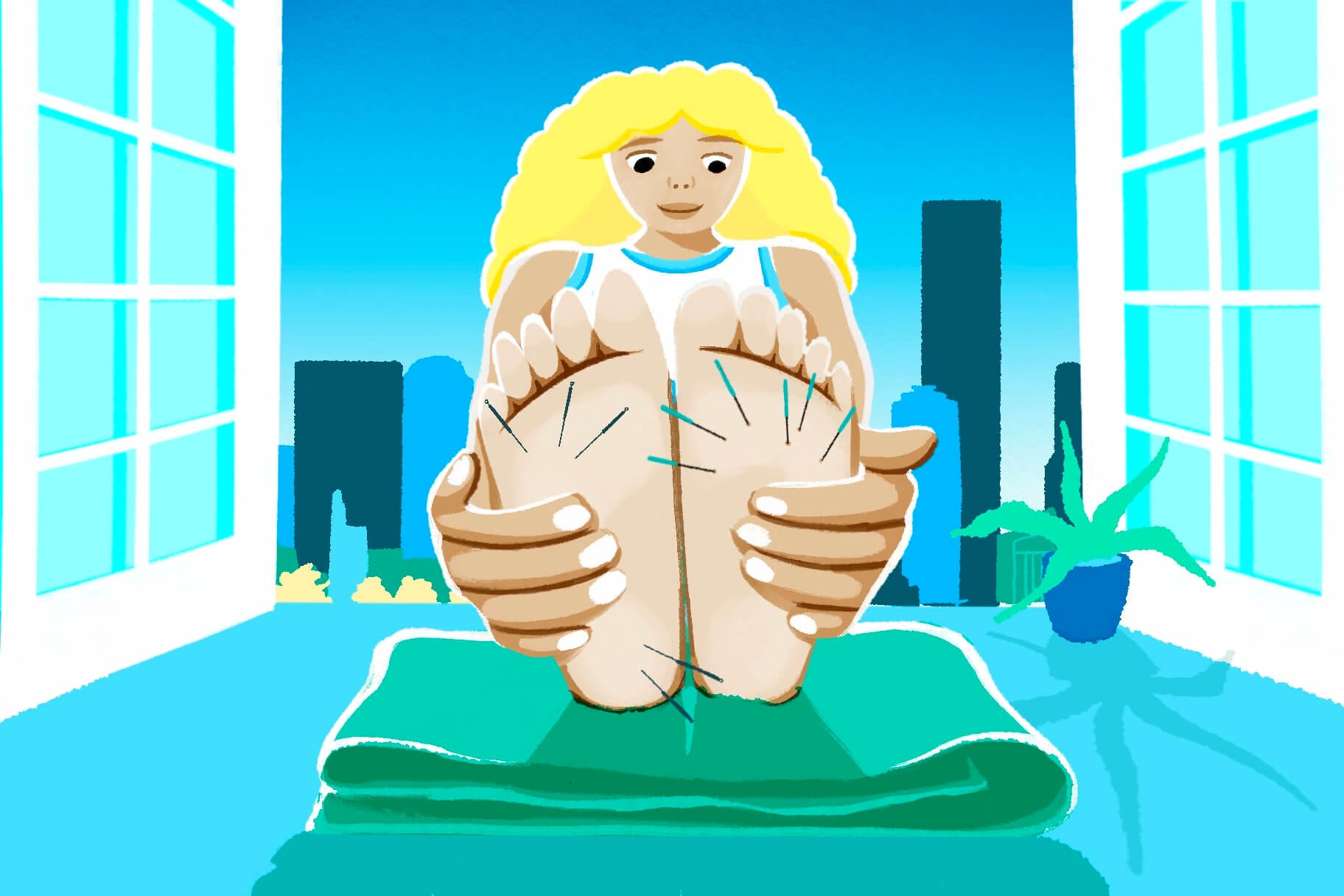
If you’ve tried a range of recovery strategies for sore muscles and joints like ice baths, infrared saunas, or a deep tissue massage, you might have one more frontier to explore: dry needling or acupuncture.
These two professionally delivered methods can provide positive, research-backed results for many athletes. Here's a quick guide to what each treatment entails.

Dry Needling
Dry needling is backed by promising research for its efficacy as a recovery method.
For example, a 2017 meta-analysis in the Journal of Orthopedic & Sports Physical Therapy found that dry needling significantly decreased pain for musculoskeletal issues and provided improved muscle function.
Another research review, in a 2021 issue of the journal Physical Therapy, discovered similar results. Researchers looked at 42 studies on how dry needling compared to other pain-relieving treatments such as massage, compression, kinesio taping, and transcutaneous electrical nerve stimulation (called TENS). They found dry needling often provided more relief within 72 hours of treatment, and some studies indicated that effect was still present after several weeks.
Dry needling works by using thin, monofilament needles varying in length (from 25 to 75 millimeters) that are inserted through the skin and directly into muscle tissue trigger points, according to physical therapist Jason Kart, D.P.T. These points are muscle fibers that are "stuck" in a contraction and can't be released through movement or massage. When the needle hits a trigger point, it creates what's called a twitch response as the muscle releases, and that can feel like a tiny balloon popping inside your muscle.
The benefit of that twitch response goes beyond the immediate relief as the muscle releases. That’s because trigger points can have a detrimental effect on mobility and muscle health if they aren’t resolved, he said.
"The blood in the trigger point becomes deoxygenated and acidic because in a contracted state, it is difficult to get blood into the tissue due to increased internal pressure," Kart said. "This will lower the tissue's pain threshold and cause discomfort in the muscle. More than that, it can lead to weakness, since muscles caught in a contraction become non-functioning, and that can have a ripple effect on joints.”
If a trigger point goes long enough without proper attention, it can hinder the muscle’s ability to recover, which can then negatively affect athletic performance, he added.
Kart said the treatment also has some recovery time built in. Patients typically experience moderate soreness a few hours after needling that can last up to 36 hours. For some, there may even be a temporary increase in the pain they're trying to resolve or bruising at the needling site. But usually, once you're a day or two past treatment, you should see some improvement in pain levels, Kart said — and many people experience considerable relief.
Dry needling is usually done in combination with physical therapy, instead of being an alternative to those sessions, Kant said. Combining the two can make each treatment that much more effective, he said.

Acupuncture
Acupuncture, which has long been utilized in Eastern medicine, is more widely known than dry needling. And there’s ample evidence of its efficacy for a breadth of issues, including depression, chronic illness management, sleep, and stress.
Yet, it tends not to be seen as a sports recovery tool as often as it should be, according to Jason Landry, professor at Northwestern Health Science University's Human Performance Center and acupuncturist at Abbott Northwestern Hospital in Minneapolis.
Similar to dry needling, acupuncture involves the insertion of thin needles through the skin at strategic points in the body. Traditional Chinese medicine experts define acupuncture as a technique used to balance the flow of energy or “qi” that flows through the body.
According to traditional Chinese medicine, the human body has more than 2,000 acupuncture points, and an acupuncturist chooses specific points related to whatever issue you might have. For sports injury recovery, for example, that might be chronic pain from an injury, or tightness due to inflammation — acupuncture has been shown to address both. It can also boost the body's release of natural opioids, Landry added. Because of that, acupuncture can be particularly useful with issues where inflammation and pain occur together, such as osteoarthritis, low back pain, and tendonitis.
For example, a 2020 research review in the International Journal of Environmental Research and Public Health looking at acupuncture’s use for sports injuries specifically found the treatment can help relieve short-term pain and aid recovery for issues such as knee injuries, sports-related hernias, and even delayed onset muscle soreness.
"It is clear that addressing trigger points and other musculoskeletal concerns could help athletes avoid soft tissue injuries related to overuse or strain," Landry said. "Understanding acupuncture in its totality allows us as practitioners to address these and many other concerns related to injury prevention and recovery, regardless of the sport."

Dry Needling vs. Acupuncture
Both have needles, both address trigger points, and both can be helpful for pain reduction and improved mobility: So, what's the difference? It's often a matter of depth, Kart said.
"Acupuncture is tapping the needle into the skin over a specific point to restore the body’s 'qi,'" he said. "Dry needling is taking the same needle and moving it into the muscle tissue to produce a response."
Also, acupuncture is more focused on that energy flow, while dry needling focuses on muscles more specifically. However, Kart noted that in many cases the points for both can be the same.

Can you do both?
If you're wondering which might win in a dry needling vs. acupuncture scenario, the good news is that you don't have to choose one or the other. You can try both, but Kart suggested not doing them back-to-back — such as dry needling one week and acupuncture the next — because then it's difficult to identify which one is giving you the best results.
A better approach? Try one treatment option for about six weeks with a session done once a week, then have a "washout period" of no treatment for two weeks, followed by the other treatment approach for another six weeks. That way, you'll have a better grasp of how both dry needling and acupuncture affect you and your performance.

Things To Keep in Mind
Although both dry needling and acupuncture can address a range of potential issues when it comes to sports recovery, Kart suggested checking with your physician first if you have vascular disease, diabetes, frailty, epilepsy, or a bleeding disorder.
Also, some people have a psychological aversion to needles or even an extreme fear of them — a condition called trypanophobia — and in that case, it's better to steer toward different recovery options. Note that the needles used in these treatments are much thinner and lighter than those used for injections. For those who don't mind looking a bit like a pincushion for an hour, the results can be notable, especially if pain is your main complaint, Kart said.
"Pain, not soreness, in a muscle is a big indicator that something needs to be treated," he said. "This can be a good option for alleviating the problem, and getting you back to your sport."
Words by Elizabeth Millard
